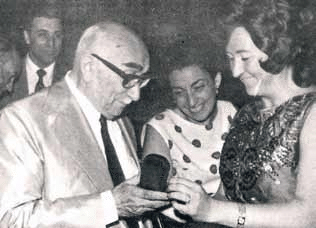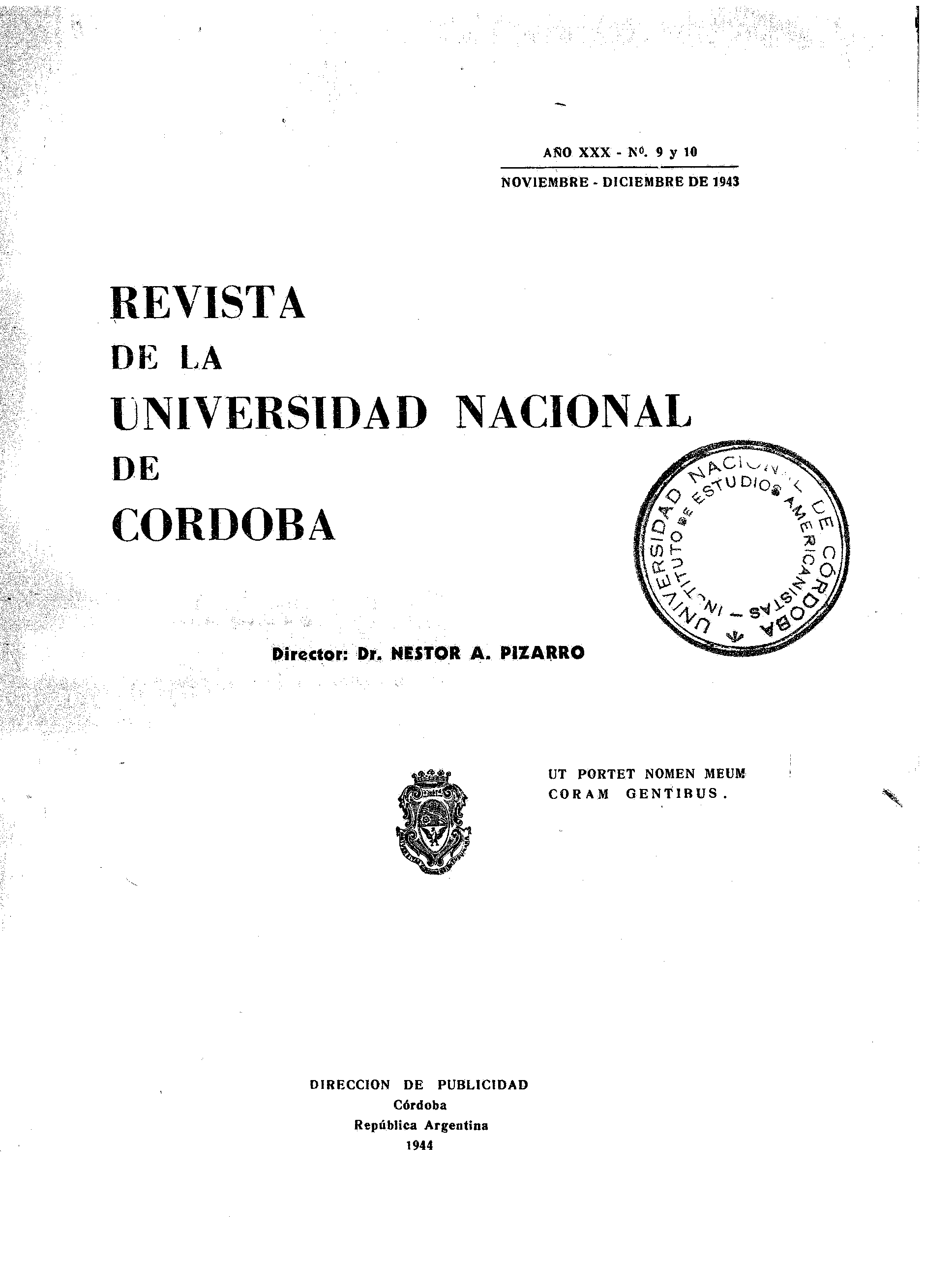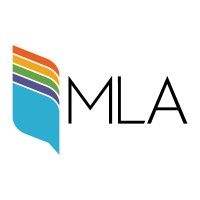Condorhuasi type ceramics and their correlations
Keywords:
Tihawanacoid styles , Ceramics of the fourth style, Anthropomorphic vessels, condorhuasi type ceramicAbstract
In a recently published work (14) I dealt with a type of pottery, from Northwestern Argentina, which both for its decoration and its forms contrasted with the characteristic types of the Diaguita cultures. I called it Condorhuasi because the forms and specimens that I consider more typical come from this place in the Department of Belén, in the Province of Catamarca. It is not an unknown ceramic for archaeologists, since a very typical specimen of it, from Belén, was published by Adán Quiroga (13) and reproduced by Ambrosetti in his Notas Arqueológicas (1). This same specimen was included by Odilia Bregante in the chapter on ''local pottery'' in her book on northeastern ceramics (p. 257) with this sensible observation: "These objects that for now appear as isolated elements in the midst of a material with which they have little or nothing to do with, could become in the future typical pottery of a certain area" (2).
References
1. -AMBROSETTI JUAN B. Notas de arqueología calchaquí. Buenos Aires, 1899.
2. -BENNETT W . C. Excavations at Tiahuanaco, en Anthropplogical Papers of the American Museum of Natural History, Vol. XXXIV, Parte III. New York, 1934.
3. -BREGANTE ODILIA. Ensayo de clasificación de la cerámica del noroeste argentino. Buenos Aires, 1926.
4.-CASANOVA EDÚARDO. Dos yacimientos arqueológicos en la península de Copacabana (Bolivia), en Anales del Museo Argentino de Ciencias Naturales, tomo XL, pág. 333. Buenos Aires, 1938-1942.
5. -DERENEDETTI SALVADOR. L'Ancienne civilisation des barreales du norcuest argentine. París, 1931.
6. -DEBENEDETTI SALVADOR. Exploración arqueológica en los cementerios prehistóricos de la Isla de Tilcara (Quebrada de Humahuaca, Prov. de Jujuy). Publicaciones de la Sección Antropológica de la Facultad de Filosofía y Letras. No. 6. Buenos Aires, 1910.
7.-GAYTON A. H. y KROEBER A. R. The Uhle pottery collections from Nazca, en University of California Publications in American Archaeology and Ethnology, Vol. 24, N°. 3. Berkeley, 1927.
8. -HAUENSCHILD JORGE VON. Carta al autor. La Banda (Santiago del Estero), julio 6 de 1943.
9. -IBARRA GRASSO DICK EDGAR. Carta al autor. Sucre, 20 de octubre de 1943.
10. -KROEBERG A. L. The Uhle pottery collections from Moche, en University of California Publications in American Archaeology and Ethno logy, VoL 21, pág. 191. Berkeley, 1925.
11. -LATCHAM RICARDO A. Arqueología de la región atacameña. Santiago, 1938.
12. -MOSTNY GRETA. ¿Un nuevo estilo arqueológico?, en Boletín del Museo Nacional de Historia Natural, Tomo XX, pág. 91. Santiago de Chile, 1942.
13. -QUIROGA ADÁN. Folklore CalchaquÍ. Edición de la Revista de la Universidad Nacional de Buenos Aires, Sección VI, Tomo V. Buenos Aires, 1929.
14. -SERRANO ANTONIO. La cerámica tipo Condorhuasi del área diaguita, en "La Prensa". Buenos Aires, 4 de julio de 1943.
15.-UHLE MAX. Antigúedad y origen de las Ruinas de Tiahuanaco, en Revista del Museo Nacional, Tomo X, N°. 1, pág. 19. Lima, 1943.
16.-WAGNER EMILIO R. Y DUNCAN H. La civilización chaco-santiagueña y sus correlaciones con las del Viejo y Nuevo Mundo, Tomo I. Buenos Aires, 1943.
Downloads
Published
Issue
Section
License
Copyright (c) 1943 Universidad Nacional de Córdoba

This work is licensed under a Creative Commons Attribution-NonCommercial-ShareAlike 4.0 International License.
Commercial use of the original work and any derivative works is not permitted, and distribution of derivative works must be made under a license equal to that which governs the original work.







